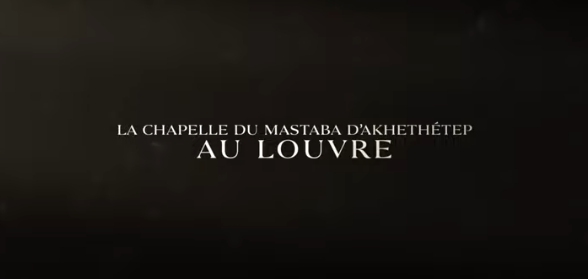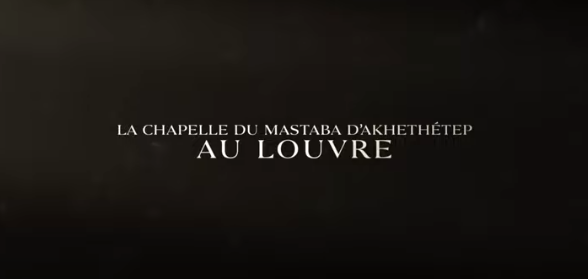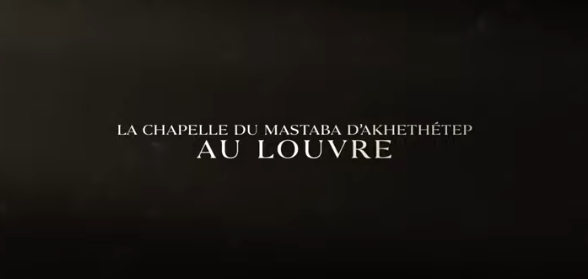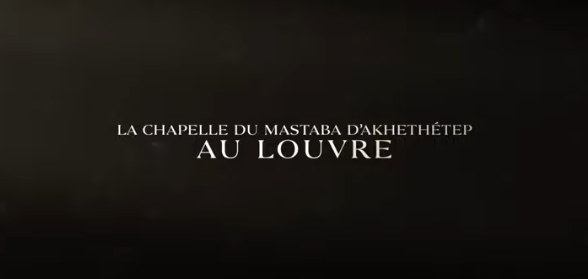The mastaba of Akhethetep
In 1903, the sculpted walls of the tomb of the dignitary Akhethetep, in Saqqara, Egypt, were dismantled prior to being shipped to the Musée du Louvre. Almost a century later, archaeologists from the Department for Egyptian Antiquities of the Musée du Louvre made the opposite journey, from the Louvre to Egypt, to resolve the enigma of this tomb and rediscover its exact location.
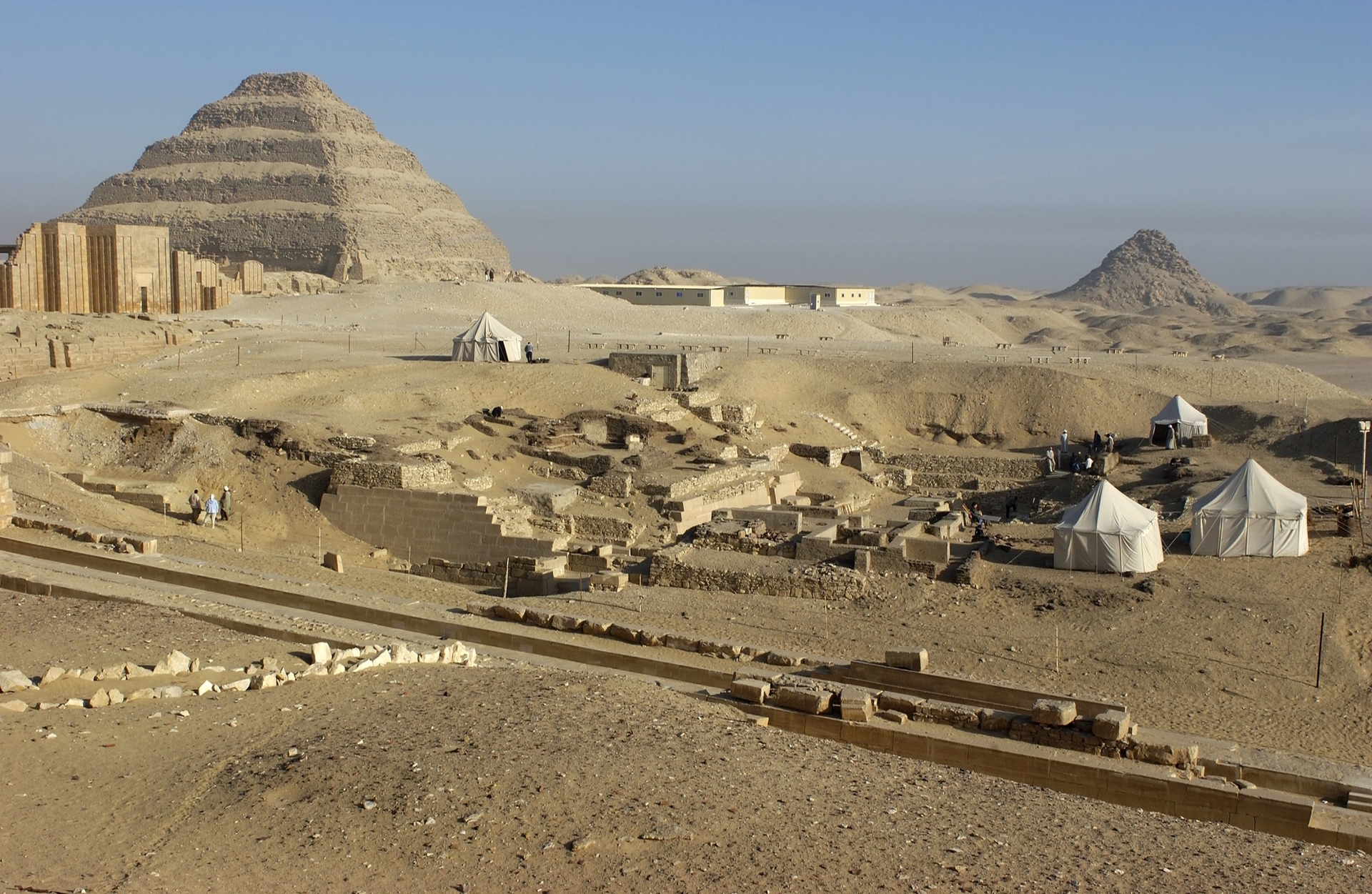
This digital publication retraces the surprising history of its rediscovery and presents the architecture of the tomb or “mastaba" as part of an interactive visit to the funerary monument. A panoramic display explores the interior of the chapel and looks in detail at the walls decorated with hunting, fishing, livestock breeding, sailing and banqueting scenes: a vivid and moving record of the daily lives of Egyptians 4,500 years ago. As well as exploring the figures featured in the chapel, it provides an interactive translation of the hieroglyphs accompanying the scenes, and analyses the layout of the decorations and the techniques used to produce them.
Several specialists are involved in this research under the scientific direction of Christiane Ziegler, honorary general conservator and former director of the Department of Egyptian Antiquities at the Musée du Louvre. They use various techniques to produce plans and records, apply the first conservation treatments to objects, and analyse the updated material. The research is shedding new light on the chapel conserved at the Louvre and the dignitary to whom it was devoted.
A small online museum presents the artefacts discovered: some are contemporary with the funerary monument, but since the successive layers of the excavation span the Old Kingdom to the Byzantine and Coptic periods, others date from later periods.
The fourteenth work published in the “Grands sites archéologiques" collection, the “Mastaba of Akhethetep" is produced by the French Ministry of Culture in collaboration with Department of Egyptian Antiquities of the Musée du Louvre.
Learn more
- The website of the Musée du Louvre: chapelle du mastaba d'Akhethetep


